Travel insurance is just as important as your passport and contrary to popular belief, it is NOT expensive! We’re sharing exactly why you NEED travel insurance, which companies we use and what policy details to look for when figuring out the best policy for you.

Travel insurance… Do I really need it? Yes. Absolutely. 100%.
We have been exactly where you are right now: debating whether or not to get insurance for our travels.
We thought travel insurance would be expensive and weren’t really sure how to go about picking a policy that fit our needs. Unsure it was really necessary…
But one experience forever changed the way we view travel insurance. Now, we NEVER leave home without it!
Our top recommendations:
If you’re looking for quick answers, click the links below to fill out your info and get an immediate quote.
- Best travel insurance for digital nomads: SafetyWing
- Best travel insurance for adventure travelers: World Nomads
- Best travel insurance annual plan: Allianz
The truth is, there is no one-size-fits-all solution when it comes to travel insurance. Policies vary widely, and depend on a number of factors including age, trip length, destination, and coverage.
In our experience, we’ve used different policies for different trips—sometimes prioritizing medical coverage, other times focusing on adventure sports or trip cancellations. The key is understanding what’s covered (and what’s not) so you can travel with peace of mind.
This article will explain why everyone should purchase travel insurance, what policy details to look for, and a travel insurance comparison of our top 3 favorite companies. (Hint: We’ve tried all 3 and have some thoughts!)
Travel Insurance Guide
- Importance of travel insurance
- What does travel insurance cover?
- How to choose the best policy
- Best travel insurance providers
- Travel insurance cost
- What travel insurance do we use?
- Travel insurance FAQs
- Golden Rule of travel insurance
Why travel insurance is essential

Do I really NEED travel insurance?
You might think:
I plan every single detail of my trips, so nothing will go wrong.
I never have issues with flights.
I’ll keep my valuables on me 24/7.
I always take great care of my health, and I hardly ever get sick.
These are all famous last words we’ve heard from fellow travelers.
Travel isn’t always pretty. Flights get delayed (ahem… Minnesota snow. Or volcanoes in Bali). Bags go missing. Cameras get stolen. And no matter how careful you are, accidents happen—sometimes in ways you’d never expect.
Don’t believe us? We’ve heard too many real life travel horror stories, including experiencing some of our own, to know better.
Take this real life story:
We met two Australian travelers on a bus in Vietnam, excited for their six-month backpacking trip. A few weeks later, we ran into one of them again—but his friend wasn’t there.
He told us that after attempting a simple backflip on a beach, his friend landed wrong. At first, it didn’t seem serious, but within days, he was struggling to walk. A doctor in Vietnam told him he needed emergency surgery in Bangkok—or risk paralysis.
That evacuation flight and surgery? Not cheap. But luckily, he had travel insurance, saving him from a financial nightmare.
After hearing that story, we bought travel insurance immediately. Now, it’s the first thing we do when planning a trip.
We are firm believers that there is exponentially more good in this word than bad. There is absolutely no need to fear other people, cultures or countries.
Insurance isn’t about expecting the worst—it’s about being prepared. We’ve had to use ours for stolen gear and medical emergencies, and each time, we were grateful we had it.
You wouldn’t drive without car insurance or own a home without coverage—so why risk traveling without it?
A small investment in travel insurance could be the difference between a minor hiccup and a financial disaster. Trust us—you’ll sleep better knowing you’re covered.
What does travel insurance cover?

Travel insurance isn’t just for worst-case scenarios—it’s your safety net for the unexpected. While coverage varies by provider, here are the key areas most policies cover:
Medical emergencies & evacuation
Accidents and illnesses can happen anywhere, and emergency medical care abroad can be expensive. Travel insurance typically covers:
- Hospital stays and doctor visits
- Emergency surgeries and treatments
- Medical evacuation (if you need to be transported to a better-equipped hospital or even back home)
Tip: Not all policies cover pre-existing conditions, so read the fine print if you have ongoing medical needs.
Cross your fingers that you will never have to use this, but it is good to know you can have that coverage if necessary.
Our experience: We met a guy who had a medical emergency and needed to be air lifted by helicopter from central Vietnam to Bangkok. This would have put him in debt for nearly the rest of his life, but his travel insurance covered it all. Phew!
Trip cancellations, delays & interruptions
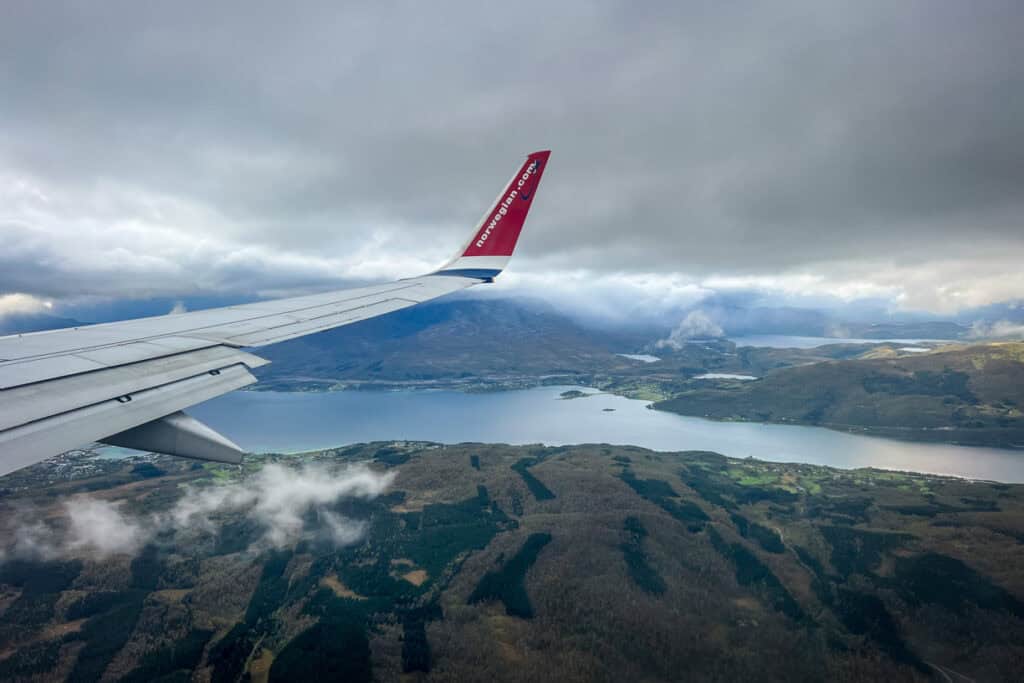
Flights get canceled. Weather wreaks havoc. Life happens. If you need to cancel or cut a trip short, travel insurance may be able to reimburse you for:
- Non-refundable flights, hotels, and tours
- Unexpected interruptions (like a family emergency back home)
- Additional costs if you’re stuck due to delays (food, lodging, rebooking fees)
Tip: Coverage is usually limited to specific reasons (like illness or natural disasters), so check what qualifies for reimbursement.
Amanda’s experience: We’d had more flights delayed than we can count, but this is a recent experience from our team member Amanda. Her flight was delayed for 9+ hours out of a small airport in the US, causing her to miss her connection to Europe. She was rebooked by the airline on a separate flight the next day, but had to pay for her own overnight accommodation. Her travel insurance covered all of the travel delay expenses, which was a huge relief.
Lost, stolen, or delayed baggage
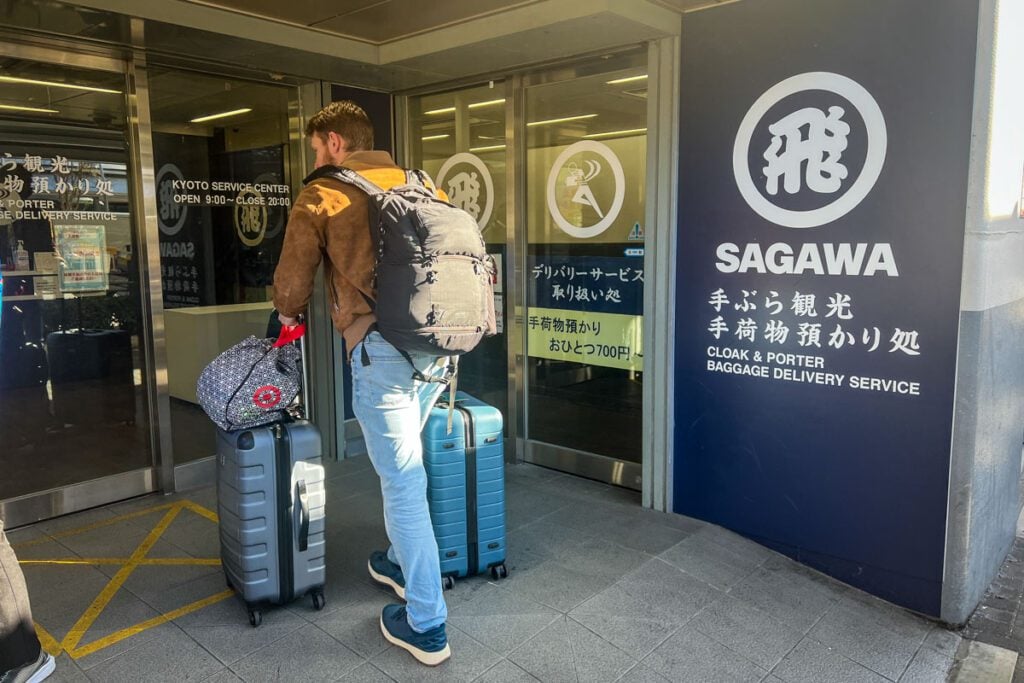
Luggage doesn’t always arrive when you do. And sometimes, it never arrives at all. Most policies cover:
- Compensation for lost or stolen bags and valuables
- Essential items if your baggage is delayed (clothes, toiletries, etc.)
- Reimbursement for damaged items
A typical policy states that you will receive money for stolen items only if you have a police report filed AND a receipt for the purchase of that item. We like to keep a digital record of all of our purchase receipts on the cloud so we can access from anywhere.
High-value items (like laptops and cameras) may have coverage limits, or may not be covered at all, so consider extra protection if you travel with expensive gear. For example, our policy only covers the value of a single item “up to $500”.
Amanda’s experience: She was traveling in Mexico in a rental car and stopped at a grocery store in Tulum to get snacks. After less than 15 minutes in the store, she and her travel partner returned to find all of their luggage stolen out of the locked trunk of the rental car. This included passports, laptops, suitcases, everything. Luckily she had travel insurance to cover up to $500 per item (only the items she saved receipts for), which didn’t make up for the loss, but certainly helped ease the blow.
Adventure & high-risk activities
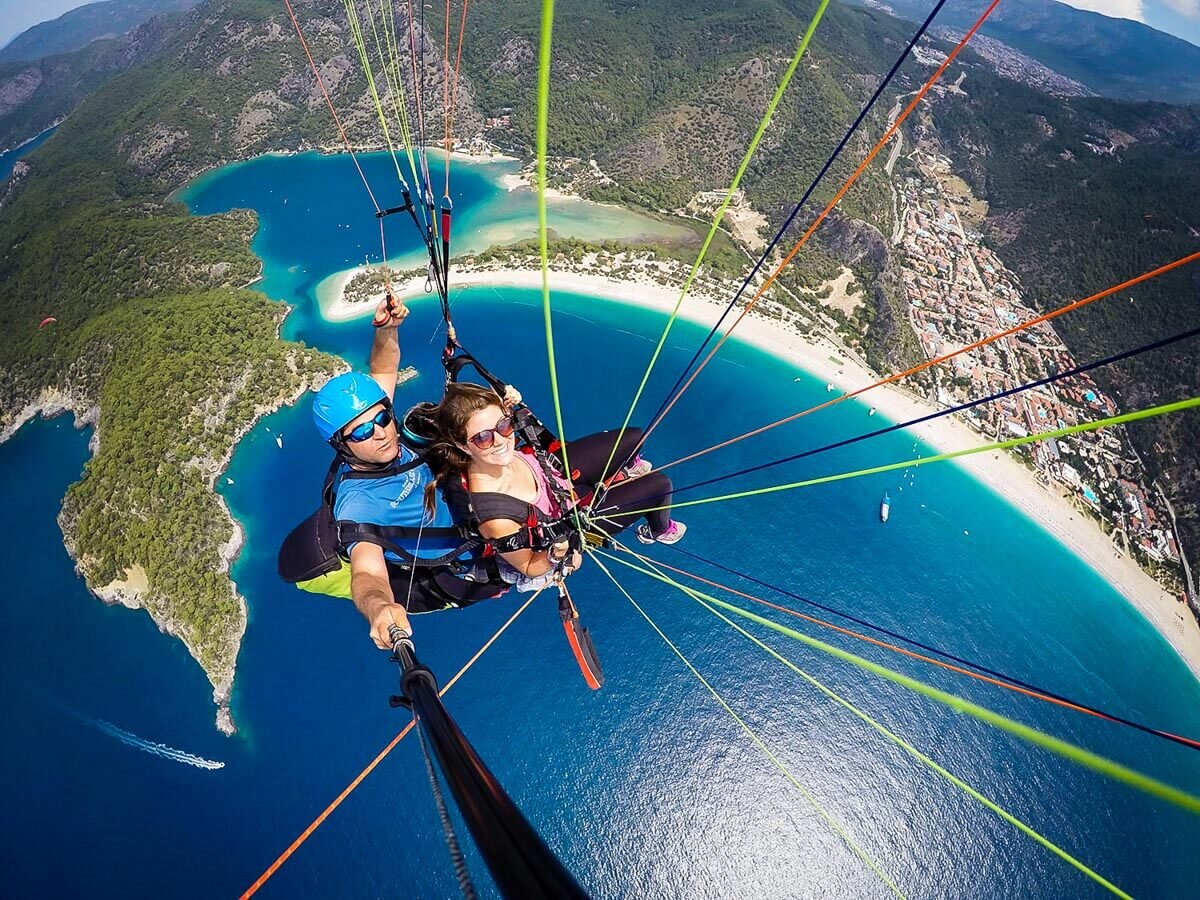
(Special coverage may be needed)
Planning to go scuba diving, skiing, or skydiving? Standard policies don’t always cover what they deem to be “extreme activities,” but you can find specialized adventure travel insurance that includes:
- Injuries from high-risk sports and activities (including high-altitude hiking!)
- Search and rescue operations
- Equipment loss or damage
We have one company we always turn to when planning any adventure activities on our travels. You can read more about them by jumping down.
Tip: Always check if your planned activities are covered—some providers exclude specific sports or require an upgrade.
Our experience: We’ve purchased separate policies with World Nomads—on top of our annual plan—anytime we are doing adventure activities like scuba diving Liveaboards and high-altitude trekking in Nepal. Thankfully we’ve never had to file a claim, but we’ve had one close-call scuba diving incident that made us grateful for the extra protection.
Rental car coverage & other add-ons
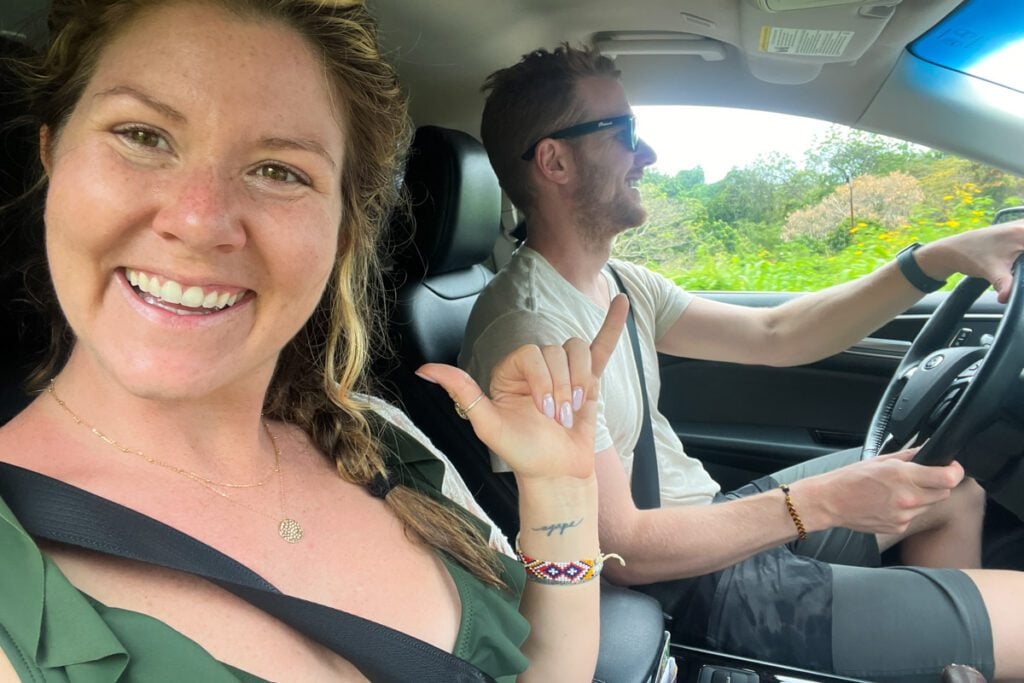
Many policies offer optional extras for things like:
- Rental car damage and liability (if you decline coverage from the rental company)
- Coverage for electronics, sports equipment, or expensive gear
- Travel assistance, like legal help or translation services
Tip: If you’re renting a car, compare coverage options—sometimes credit card benefits already include rental insurance.
Important note if you’re renting a campervan: We’ve rented campervans in 4 other countries and in our experience, they always require additional insurance. Typically this insurance has to be purchased from the rental company as most travel insurance policies and even credit card insurance doesn’t cover campervan or RV rentals.
→ Related: If you’re traveling in a campervan in the USA, we have an entire article that breaks down campervan insurance and how to get your DIY campervan appraised for insurance.
Bottom line:
Travel insurance gives you peace of mind so you can focus on enjoying your trip. A good policy protects your health, your belongings, and your wallet from the unexpected.
Choose coverage that fits your trip style, and you’ll never have to wonder, “what if?”
How to choose the best travel insurance policy for you
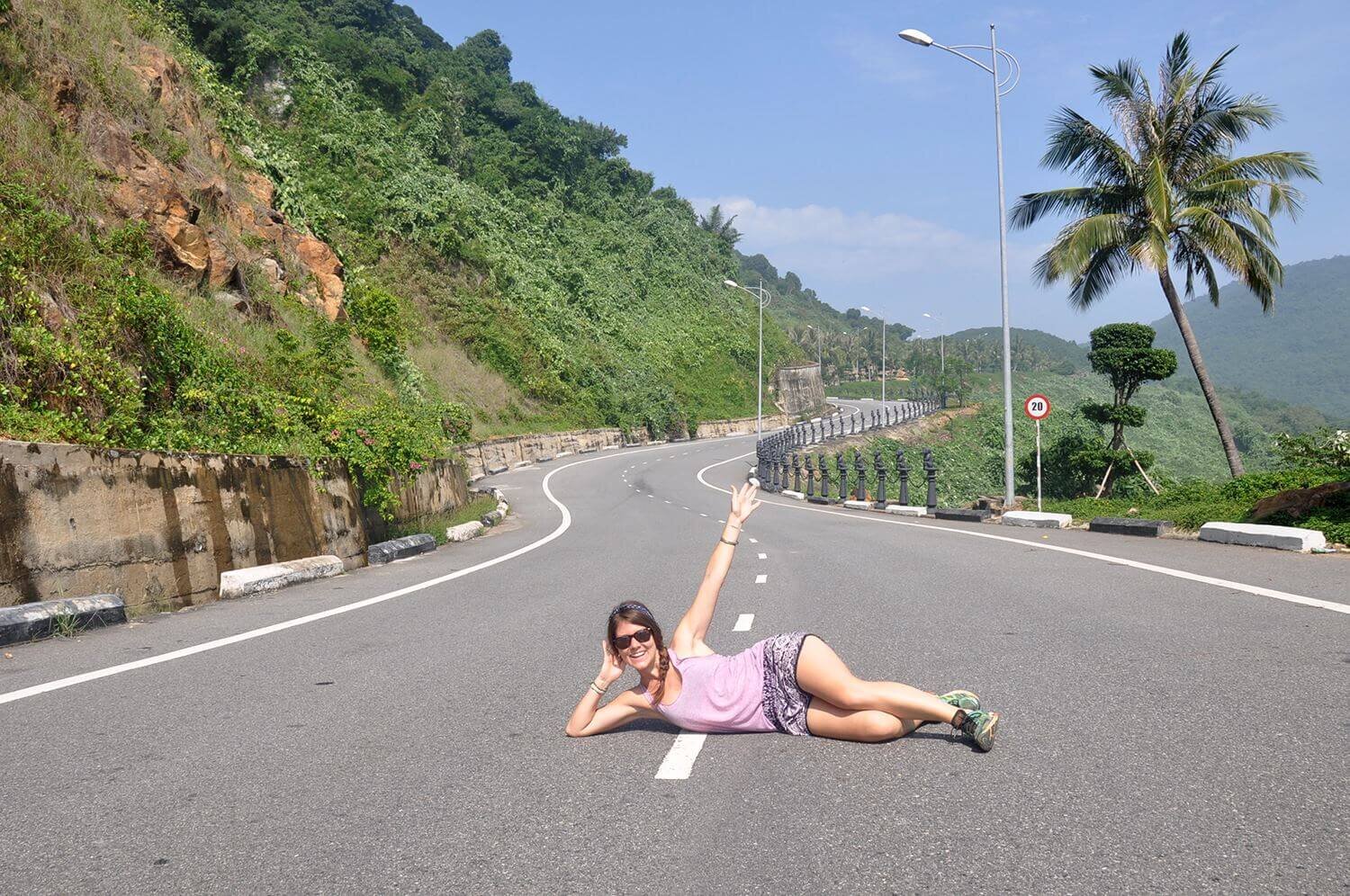
With so many travel insurance options out there, how do you know which one is right for you?
There’s no one-size-fits-all answer. The best travel insurance policy is the one that covers your specific needs without breaking the bank.
The best policy depends on your trip type, destination, and personal needs. Compare options, read the fine print, and choose coverage that gives you peace of mind—so you can focus on enjoying your trip!
Here’s what to consider before buying:
Key factors to consider
Not all policies are created equal, so ask yourself:
- Where are you going: Some countries have higher medical costs or specific insurance requirements.
- What activities will you be doing: If you’re hiking in Nepal or scuba diving in Thailand, make sure your policy covers adventure sports.
- Trip length: Coverage length matters—some policies have maximum trip durations. Make sure you are covered from the day your plane takes off to the day you land safely back at home.
- How much coverage do you need: Look at coverage limits for medical expenses, trip cancellations, and lost belongings.
- Age and health: Your age and any pre-existing conditions can affect the overall cost of your travel insurance policy.
Tip: Check if your credit card offers any travel insurance benefits—you might already have some coverage.
Do you need a single-trip or annual policy?
One of the biggest decisions when choosing travel insurance is whether to purchase a single-trip policy or an annual (multi-trip) policy.
- Single-trip insurance: Best for occasional travelers. Covers one trip from start to finish.
- Annual (multi-trip) insurance: Ideal for frequent travelers. Covers multiple trips within a year, often saving money in the long run.
If you’re unsure which option is best, consider how often you travel. If you travel 3+ times a year, an annual policy might be more cost-effective than buying single-trip coverage each time.
And if you travel as a digital nomad, we have a specific recommendation for you. Jump down to read more about that.

Understanding pre-existing conditions & exclusions
Before purchasing a travel insurance policy, it’s crucial to understand what is and isn’t covered—especially when it comes to pre-existing medical conditions and common exclusions.
- Pre-existing conditions: Medical conditions you have before purchasing your policy, like chronic illnesses or recent medical treatments. Many policies exclude pre-existing medical conditions unless you get special coverage or a waiver.
- Common exclusions: Injuries from risky activities (like skydiving), alcohol-related incidents, and travel to high-risk destinations may not be covered. Some plans also exclude coverage for pandemics*, civil unrest, or acts of war.
*When the COVID-19 pandemic hit, most travel insurance companies we knew of denied coverage as pandemics were excluded in their fine print. There is only one company we are aware of that specifically includes pandemic coverage. Jump down to read more about that coverage.
How age factors in
We’ve found when traveling with our parents (who are 65+ but generally quite healthy), that the cost of travel insurance goes up significantly for their age.
For example: When looking at single trip coverage, SafetyWing is always a more affordable choice for me than World Nomads. Because WN includes so much extra coverage (for high-risk activities) that I don’t typically need, I would go with the more basic plan and cheaper option. However, when my mom is looking at getting coverage for the same trip, the cost of SafetyWing goes up significantly due to her age. In this example, we found that World Nomads was actually a more affordable option for her for the same trip.
For this reason it’s a good idea to shop around as the policy that works for you might not the same policy that works best for someone of another generation.
Best travel insurance providers

What travel insurance should I use?
Plug this phrase into Google and you’ll be overwhelmed by the choices. It seems as if there are a thousand companies with a million different policies. So how the heck do you know where to start?!
Lucky for you, we’ve done all the research so you don’t have to. We compiled all the info online and are sharing our top picks for different travel insurance needs.
We’ve used all 3 of the providers listed below and have had good experiences with all of them. We generally make our decision based on the type of trip we are planning and our specific coverage needs.
Allianz Travel Insurance
Best for frequent travelers
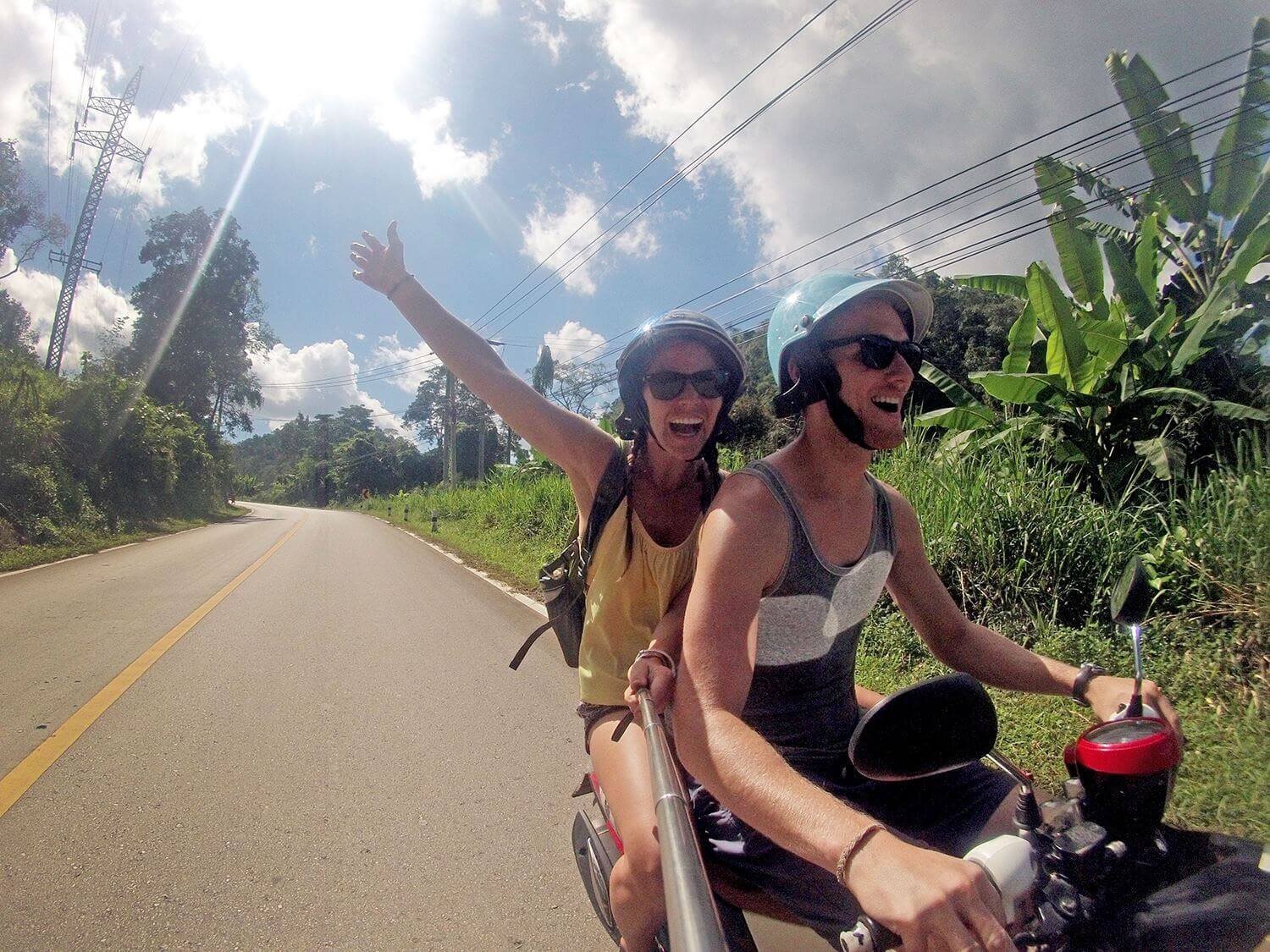
Before any big trip, we first get quotes from Allianz. In fact, we’ve had an ongoing annual policy with Allianz for years.
If you take multiple trips per year, Allianz offers some of the most affordable annual travel insurance plans on the market. With just a few clicks, you can compare different coverage options and purchase a policy in under 15 minutes.
Allianz provides solid basic coverage for medical emergencies, trip cancellations, and lost luggage.
However, if you’re planning any adventurous activities like paragliding, scuba diving, or trekking at high altitudes, be sure to check the fine print. Their standard policies may not cover extreme sports or medical expenses incurred above certain altitudes (e.g., Everest Base Camp).
If you’re looking for affordable, hassle-free travel insurance for general trips, we recommend Allianz as a great place to start.
Pros
- One annual plan covers multiple trips, saving money over multiple single-trip policies.
- From basic to premium, you can choose from a wide range of coverage options based on what fits your needs.
- They have an easy-to-use app that makes filing a claim a breeze and includes 24-hour live support.
- They cover domestic and international travel on an annual basis, including weekend getaways and business trips.
- Allianz is one of the most reputable and established insurance providers with a strong financial backing.
Cons
- Extreme sports like scuba diving or trekking at high altitudes require separate coverage.
- Single-trip plans can be pricey. If you only take one trip per year, Allianz may not be the most cost-effective option.
- They do not offer trip protection or full medical coverage when traveling in your home country.
World Nomads
Best for adventure travelers
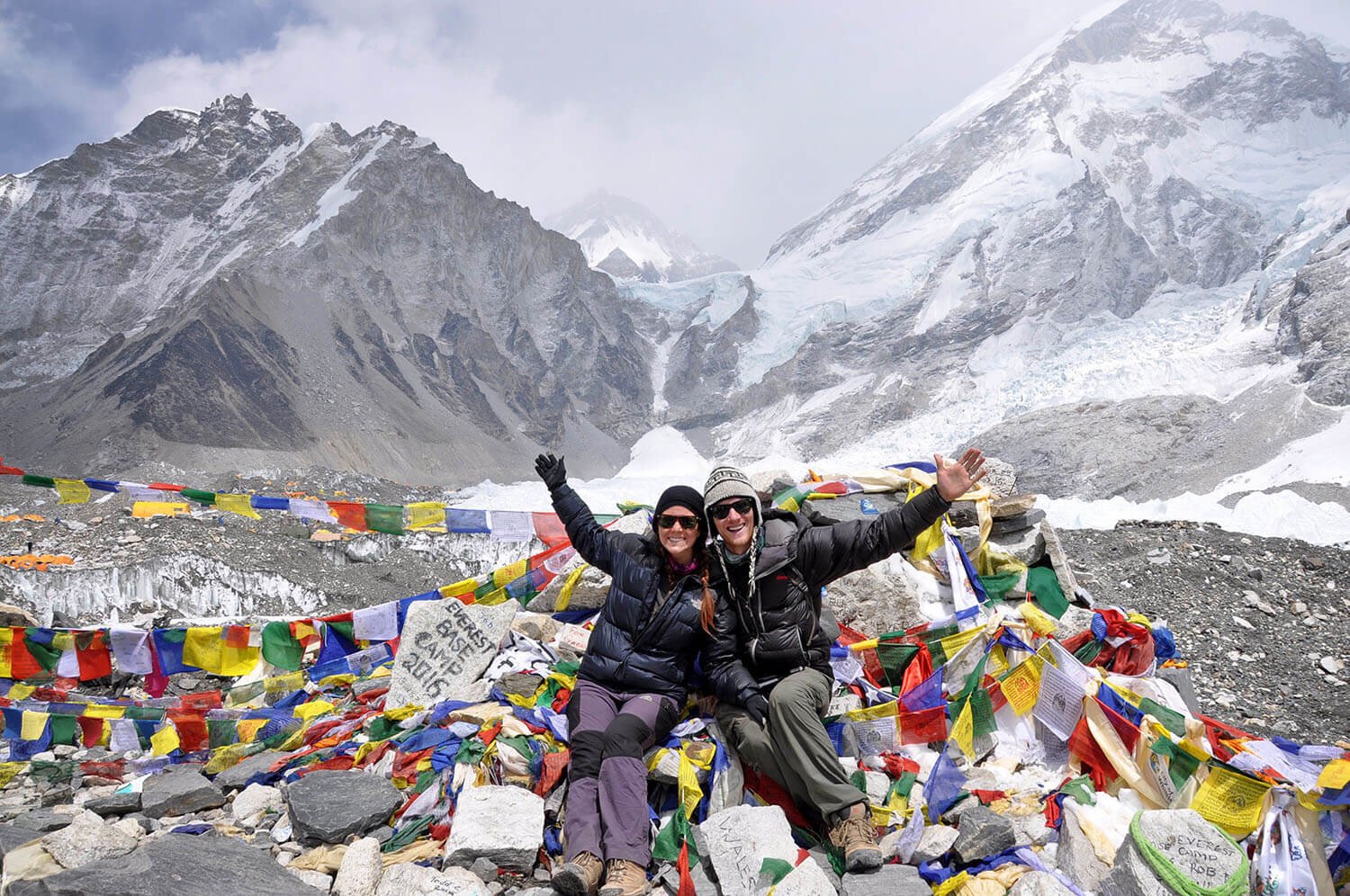
If your travels involve hiking, scuba diving, surfing, or other adrenaline-pumping activities, World Nomads is a top choice.
Designed with backpackers and adventure travelers in mind, it offers flexible coverage for everything from bungee jumping to high-altitude trekking—coverage that many standard policies exclude.
World Nomads makes purchasing a policy easy with a user-friendly platform that guides you through different coverage options. You can choose from short-term or long-term plans, making it a great option for both weekend warriors and year-long backpackers.
We personally purchase policies with World Nomad any time we’re planning adrenaline activities, scuba diving or high-altitude hiking on our travels.
Backed by Lonely Planet and National Geographic, this policy is widely trusted among long-term travelers. If you need comprehensive protection for adventure travel, we highly recommend getting a policy with World Nomads.
Pros
- One of the best options for adrenaline-seekers and outdoor enthusiasts, they cover 200+ adventure activities.
- They have flexible policy lengths – you can purchase coverage for anywhere from a few days to a full year.
- High limits for emergency medical expenses and evacuations.
Cons
- World Nomads typically costs more than basic travel insurance standard policies due to its adventure coverage.
- Not available for all nationalities – Certain travelers may not be eligible based on residency.
SafetyWing
Best for Digital Nomads

If you’re looking for the best travel insurance for long-term travel, SafetyWing is our top recommendation. It offers comprehensive coverage at an affordable price, making it an excellent choice for travel lasting longer than a month.
Unlike many other insurance providers, SafetyWing allows you to purchase a policy even after your trip has started—perfect if you’ve already left home and need coverage on the go. It’s also one of the few options that includes home country visits in its policy, which is a major perk for digital nomads and expats.
Whether you’re taking a one-time vacation, a gap year, or living the digital nomad lifestyle, SafetyWing offers the best balance of coverage, flexibility, and affordability—making it our #1 pick for long-term travel insurance.
Pros
- Affordable monthly pricing that works like a subscription, making it ideal for long-term travelers.
- Unlike most insurance providers, you can purchase SafetyWing travel insurance while you’re already abroad.
- Home country coverage included – Offers short-term visits back home while still maintaining coverage (up to 15 days in the US for every 90 days of travel).
- Global coverage available to all nationalities with no residency restrictions.
- Available “ad-ons” include adventure sports coverage, US medical coverage, and electronics theft coverage.
- This is one of the only companies that includes COVID-19 coverage.
Cons
- They have limited coverage for trip cancellations, and don’t cover prepaid, non-refundable trip costs as comprehensively as some competitors.
- While it includes basic adventure sports, extreme sports require additional coverage.
- Home country coverage is limited to 15 days (in the US) for every 90 days of travel.
- The cost per 4-weeks goes up significantly with age, so this might not be ideal if you are over 50 and looking for insurance for a short trip.
FREE e-Book
We Traveled the World for 4 years on a Budget with these 21 Brilliant Travel Hacks
30 pages, money-saving trips, and 100% FREE
Get your copy NOW!
How much does travel insurance cost?
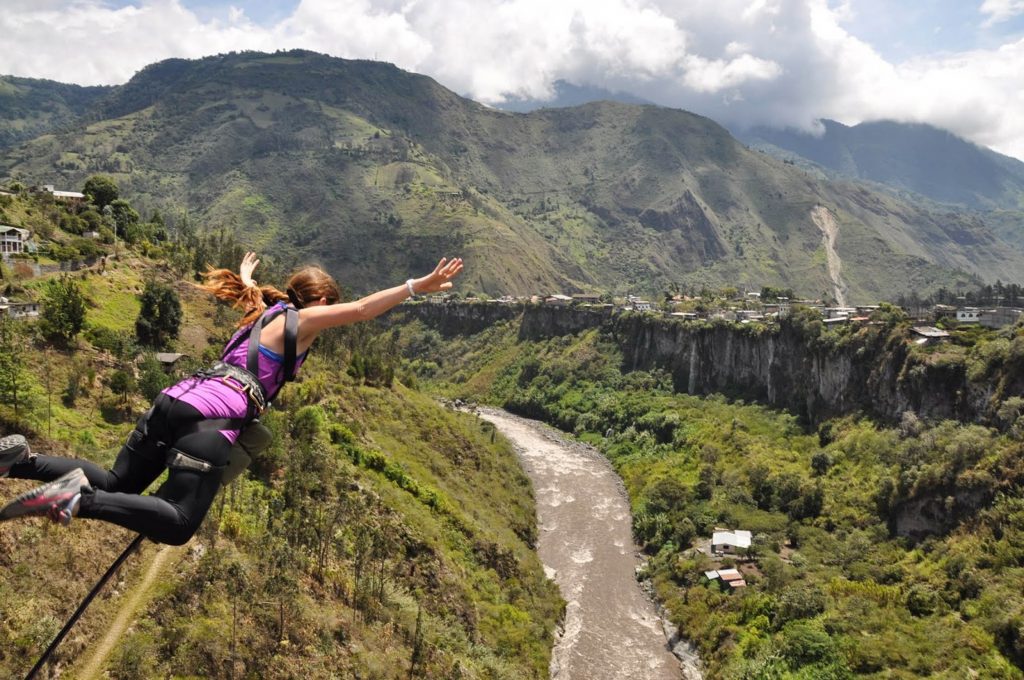
The cost of travel insurance depends on several factors, including your age, trip length, destination, and coverage needs.
In general, you can expect to pay 4-10% of your total trip cost for a standard travel insurance policy. However, some providers offer flat-rate or subscription-style pricing, which can be more affordable depending on your travel style.
Here’s a breakdown of costs from our top recommended providers:
Allianz Travel Insurance
Allianz offers single-trip and annual multi-trip plans, making it a great choice for frequent travelers. Their annual plans provide year-long coverage for multiple trips at a single, upfront cost.
- Single-trip plans: Pricing varies based on trip cost and duration
- Annual multi-trip plans: Start around $135 per year for basic coverage
- Higher-tier plans offer increased coverage for medical expenses, cancellations, and baggage protection
If you travel multiple times a year, an annual plan with Allianz could save you money over purchasing separate policies for each trip.
World Nomads
World Nomads is one of the best options for travelers who plan to do high-adrenaline activities like scuba diving, trekking, or mountain biking. They offer two plan levels:
- Standard Plan: More budget-friendly with essential coverage
- A 3-week Standard Plan starts around $93
- Explorer Plan: Higher limits and coverage for more extreme activities
- A 3-week Explorer Plan starts around $171
If your trip includes adventure sports or activities not covered by standard policies, World Nomads is worth considering! We sometimes purchase a short-term plan with World Nomads on top of our annual plan for trips where we have such activities planned.
SafetyWing
Unlike traditional travel insurance, SafetyWing works on a monthly subscription model, making it one of the most affordable and flexible options. They also have a very easy to understand price calculator on their website so you can play around with your coverage options and find out the exact cost.
- Starts at $56.28 per 4 weeks for travelers under 39
- The cost goes up significantly for older travelers
SafetyWing is great for long-term travelers and those who want flexible, month-to-month coverage without committing to a full-year policy.
Final cost considerations
- Adventure activities & extreme sports often require extra coverage
Older travelers may pay higher premiums - Pre-existing conditions may not be covered unless you purchase a waiver
- Trip cost and length significantly impact pricing for single-trip policies
The best way to find an exact price? Get a quick quote from each provider and compare coverage based on your needs.
What travel insurance do we personally use?
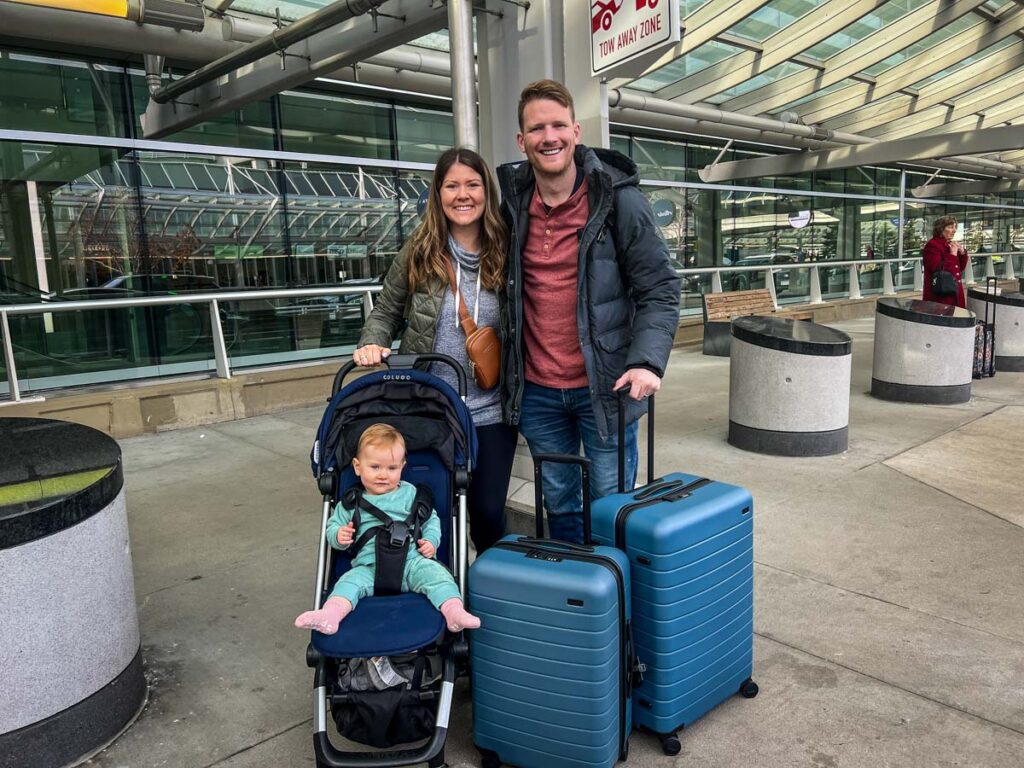
We’ve used all 3 of the providers we listed in this article for various reasons and different trips, which is why we recommend them so highly.
We started out on the Allianz AllTrips Basic annual plan when we first started traveling full time, just the two of us.
Depending on the type of trip we were planning, we sometimes double up on insurance just to make sure we are covered. For example, getting a short-term plan with World Nomads to cover adventure activities like Liveaboard diving and high altitude trekking.
We’ve also used SafetyWing in the past when we went on extended trips (like to Mexico for Ben’s dental surgeries) and always added the additional coverage for our electronics—because as travel bloggers having our laptops and cameras covered is super important.
Currently, we are on the AllTrips Premiere Plan with Allianz for our entire family. It costs us $715 annually for the two of us and our daughter Juniper (we’ll be adding our other daughter before we start traveling as a family of 4).
FAQs about travel insurance

We hope we’ve answered most of your questions like what to look for in a policy and how much travel insurance costs in this article. Here are a few other FAQs we’ve come across to help you get the full picture.
Do I need travel insurance for domestic travel?
That depends on your situation and what kind of travel you plan on doing. If you are taking a last minute trip in your home country, you probably haven’t pre-paid any major expenses or non-refundable trip costs that would be covered by trip protection.
If you are fully covered and are comfortable with the benefits of your medical and dental insurance plans, you probably don’t need to look for travel insurance with medical coverage.
However, if you are planning some extreme sporting adventures (high altitude hikes, scuba diving, paragliding, etc.) you may want to double-check you are covered by your medical insurance and if not, look into travel insurance with World Nomads.
You may also want to look into getting travel insurance if you are planning a road trip and your car or credit card insurance does not cover your rental car.
Can I purchase travel insurance after booking?
It’s never too late to protect yourself! However, it’s best if you can get insured as early in the travel planning process as possible. Double-check the fine print to see if you will be covered if you are already abroad. You may miss out on certain benefits if you wait too long.
SafetyWing offers monthly plans that can be purchased while abroad and even offer home-visit coverage for short term travel back to your home country.
→ Psst! Looking for travel inspiration? These epic bucket list trips will spark your wanderlust.
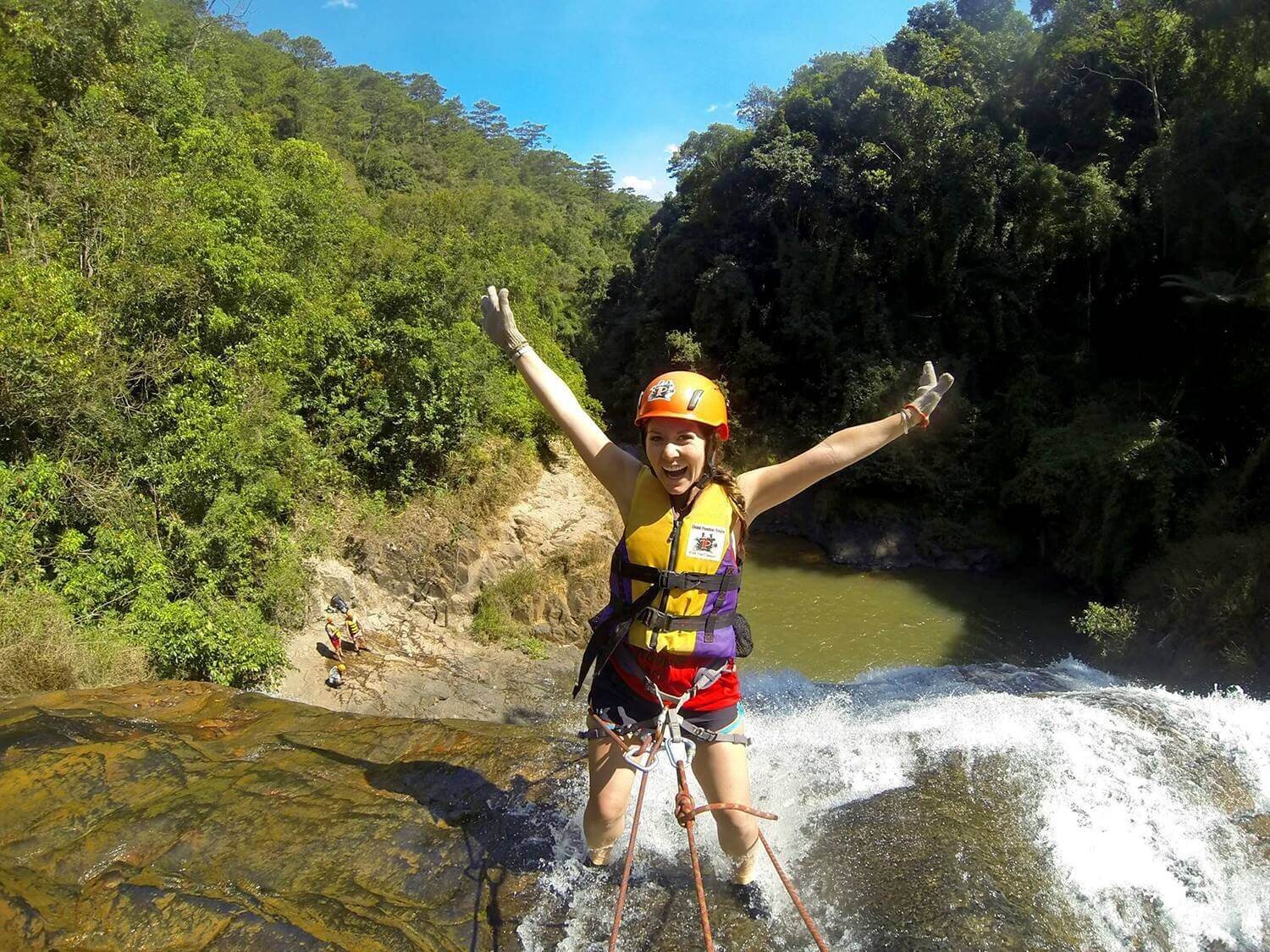
What travel insurance does not cover?
This is a tricky one as it really depends on your policy. The following is a list of conditions travel insurance typically doesn’t cover (but you’ll always want to double-check with your specific policy):
- Health crises like global pandemics that begin before you book your trip
- Hint: We only know of one company, SafetyWing, that covers pandemic-related medical expenses right now
- Natural disasters that occur before you book your trip
- Weather-related cancelations
- Missed flights/trains/etc. by your own fault
- Losses due to pre-existing conditions, including mental and emotional disorders
- Pregnancy and childbirth
- Extreme sports and risky activities
- World Nomads is the best company we know of to cover these specific activities
- Specific items in your luggage such as tickets, passports, eye glasses, hearing aids, keys, cash, and cell phones
Do I need travel insurance if I have health insurance?
The short answer: Yes. Most medical insurance policies (including Medicaid in the US) do not cover medical expenses outside of your home country. It is absolutely imperative that you get travel insurance to cover you in the case of a medical emergency while abroad.
What happens if I need medical care abroad?
If you require medical attention while traveling, your travel insurance provider can help cover costs and assist with logistics. Here’s what typically happens:
- Emergency care: If you experience a medical emergency, your policy may cover hospital stays, doctor visits, medications, and procedures.
- Medical evacuation: If you need to be transported to a different medical facility or even back to your home country, your travel insurance may cover emergency evacuation (which can cost tens of thousands of dollars).
- Cashless claims: Some providers have direct partnerships with hospitals, so you won’t have to pay upfront. Otherwise, you may need to pay first and submit a claim for reimbursement.
Keep your insurance provider’s emergency contact info handy and familiarize yourself with how to file a claim before your trip.

How do I file a claim?
This will be handled differently by each travel insurance company and depending on your policy, but I speak from experience when I say it can be done pretty easily.
Smaller claims such as baggage delays or lost or stolen luggage can be handled entirely online and usually get paid out pretty quickly. Larger medical expenses will likely need to be paid out of pocket (or with credit) until the claim can be filed, approved and you get reimbursed.
Is credit card travel insurance enough?
Credit card travel insurance can provide some protection, but it’s usually limited and may not be sufficient for all travelers. Here’s a breakdown:
Pros of credit card travel insurance:
- Covers trip cancellations, delays, and lost baggage (on eligible purchases made with the card).
- Some premium cards include rental car coverage and emergency assistance.
- No extra cost beyond your card’s annual fee.
Cons of credit card travel insurance:
- Often doesn’t cover medical emergencies or evacuations, which can be the most expensive risks.
- Coverage limits are usually much lower than dedicated travel insurance policies.
- You may need to pay for the trip in full with the credit card to qualify for coverage.
If you’re taking a short domestic trip with minimal risk, credit card travel insurance might be enough. But for international trips, adventure activities, or destinations with high medical costs, dedicated travel insurance is strongly recommended.
Golden rule for travel insurance

Always, always, ALWAYS have a money trail. If anything happens, the insurance company will want to see proof of what you paid for. If your camera gets stolen but you have no proof of purchase, you’re outta luck.
Keep receipts for everything. For transportation, keep your tickets (at least until the transportation is completed hassle-free). If you go to the doctor, ask for a bill.
Tip: If you don’t want to keep the paper version of your receipts, snap a picture on your phone and save it on your cloud account.
Before your trip, take pictures of receipts for your valuables and upload them to the cloud. That way if something does get stolen, you can access them easily and send the copies straight to the insurance company.
Let us help you travel better…
Be sure to check out our Travel Planning Homepage for resources on everything you need to know about how to plan a trip, from packing to budgeting and more! Or you can read some of our favorite articles about planning your next trip below.
- How to Plan a Trip in 10 Simple Steps
- Expert Tips for Finding Cheap Flights
- Carry-On Packing List: What You Actually Need on a Flight
- Our Favorite Travel Essentials
- Tips to Fight Jet Lag (that actually work!)
- How to Get Cell Service Abroad (without spending a fortune!)
→ Traveling as a family? Don’t miss our family travel articles!
What if the hard part was already done for you?
All you have to do is pack your bags!

Save this article on Pinterest for later!
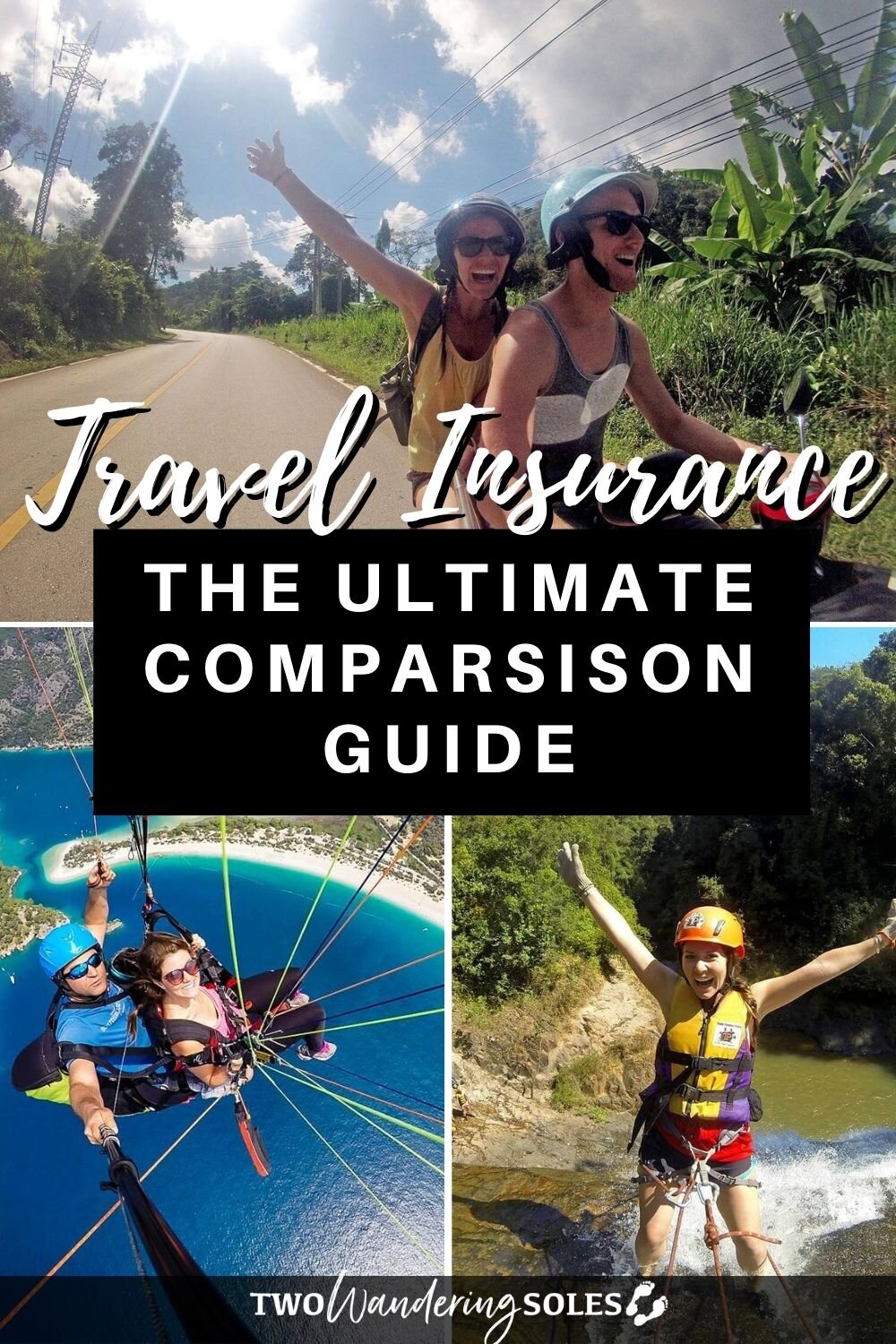
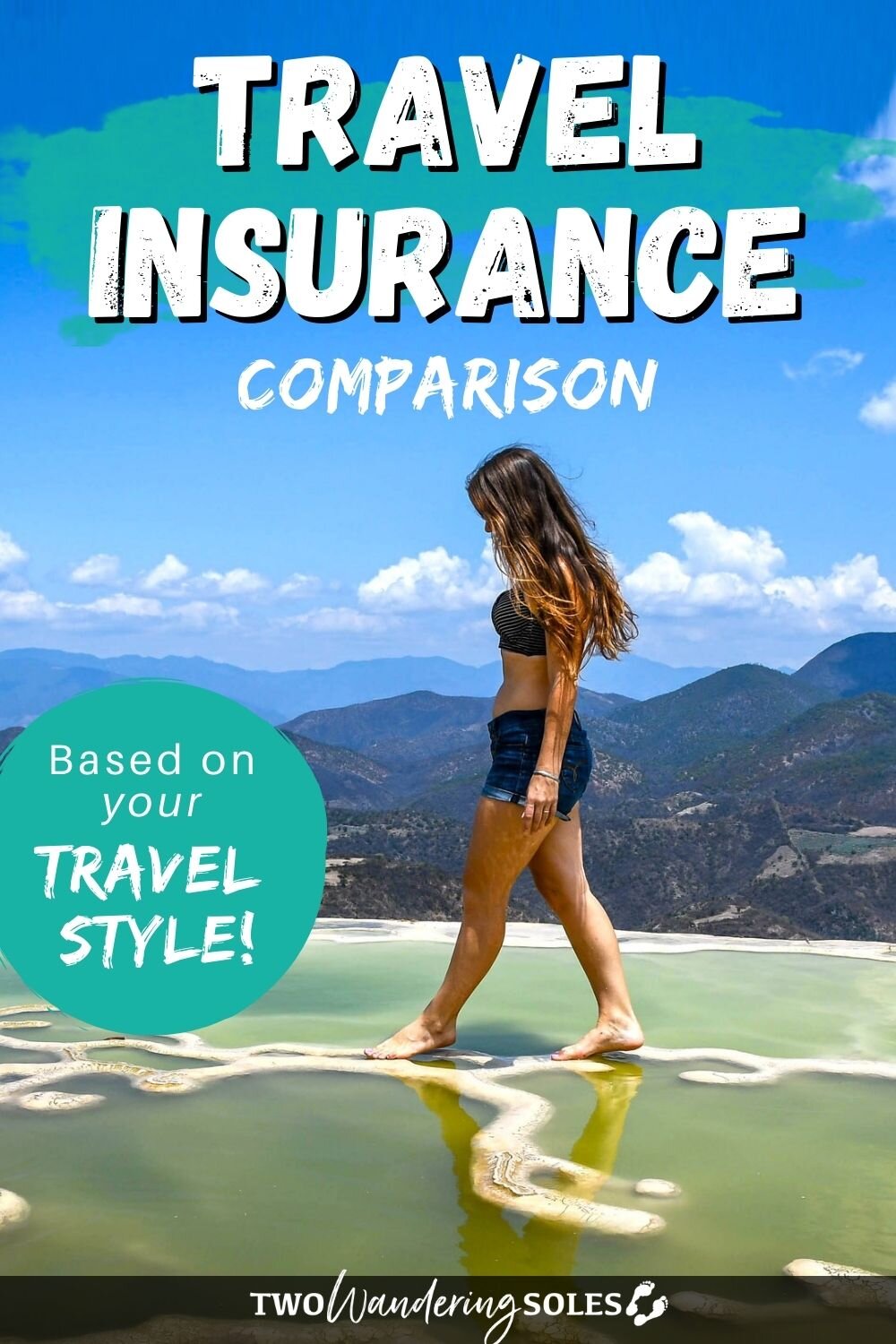
We want to hear from you!
Did our travel insurance comparison help you find the best policy for your needs? Do you have any other travel insurance questions or tips? Have you had any good experiences with a company? Share stories and tips in the comments below.

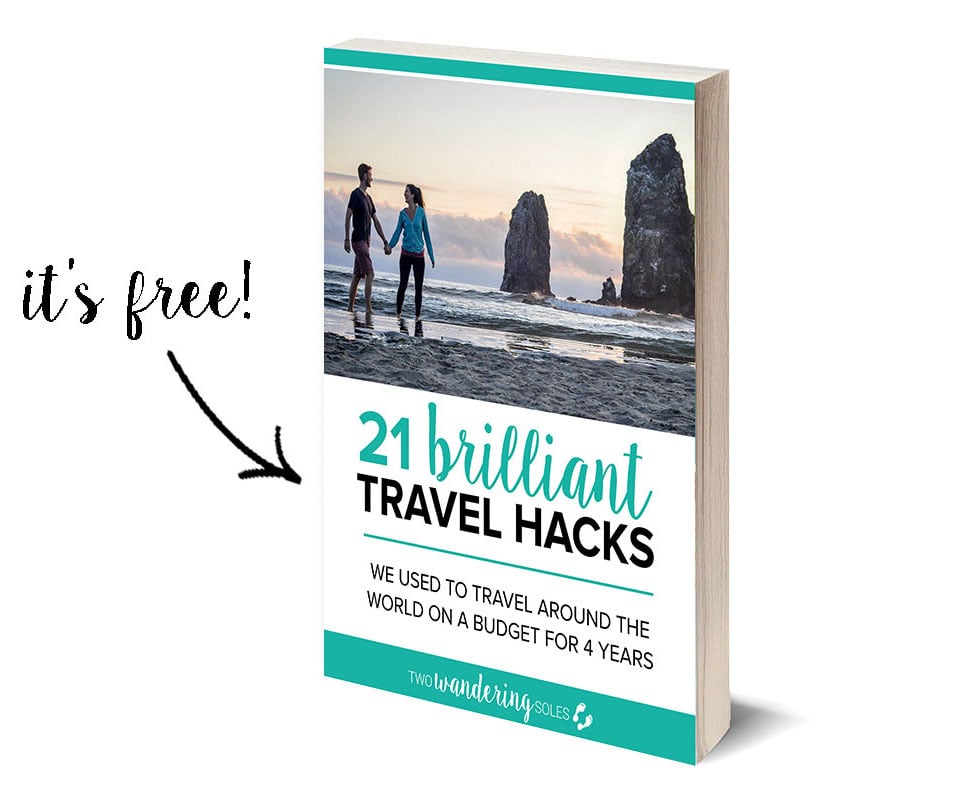
FYI – your links to Allianz insurance are now dead-ends. You may want to update those.
Hi Nima, thanks for the heads up. Allianz changed all of their partnership links so we’ve now updated them. Thank you!
Hey you all… I know this post is pretty old, but wanted to tell you that your Allianz link is no longer working. I am looking at safetywings for our trip anyways, but wanted to share.
Hi Carnet, thanks for letting us know. Allianz changed all of their partnership links so we’ve now updated them. Thank you!
I was not giving much thought until I read this. From now on I will take it more seriously. Thank you for sharing.
You are very welcome. Travel insurance is a serious topic, and we tend to factor it into the price of our trip.
If you are traveling to remote destinations where medical care may be unavailable, it is wise to be sure the emergency evacuation component of the policy can actually mobilize regional transportation resources quickly.
A remote Gobi Desert co-traveler needed urgent transport several hundred miles to access emergency abdominal surgical care in the capitol of Mongolia. His US travel evacuation policy covered emergency evacuation, and we quickly got medical approval for it by satellite phone from the companies’ doctor/nurse team, but the company was not able to timely contract with the helicopter evacuation company in the capitol. After 6 hrs of repeated calls with no progress on resolving the problem, we transported him in the back of a pickup 2 hrs to the local airport and then were able to get him to the capitol on the only flight that day (fully booked commercial flight, after persuading other passengers to give up their seats). He had surgery in the capital that day and did well, but longer delays could well have been disastrous for him.
Hello!
Thanks for this information. However one thing seems to be unclear to me.
Me and my partner want to travel for a year in South-America, we both live now in the UAE, but our visa will be cancelled the moment we leave. We come across that travel insurances need a proof of residency or return flight. And we are not sure how to by pass this or how this works. As I am pretty sure that a lot of people that travel for a long time have the same issues. Any information on this?